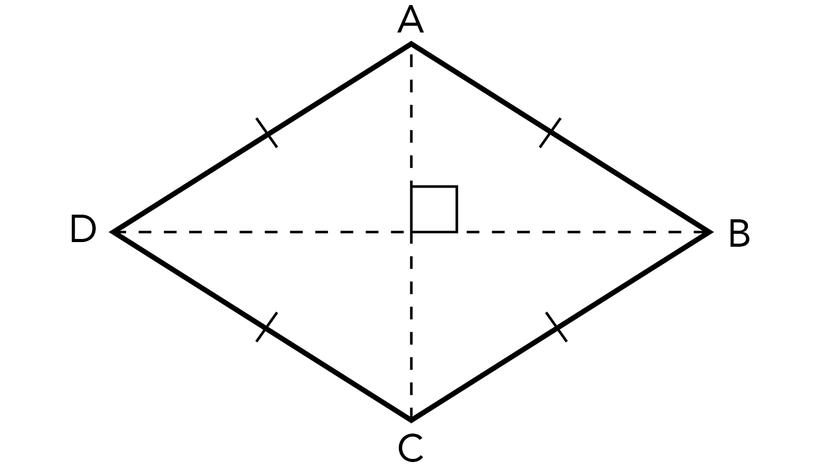
Key Takeaways
- Rhombus is a parallelogram with four equal sides, also known as an equilateral quadrilateral.
- Not all parallelograms are rhombuses; squares are a type of rhombus with equal interior angles.
- Rhombus properties include equal side lengths, parallel opposite sides, equal opposite angles, adjacent angles totaling 180 degrees and diagonals bisecting at 90 degrees.
A rhombus is a parallelogram shape with two pairs of parallel sides and four equal sides. These four sides of equal length also define the rhombus as an equilateral quadrilateral. Etymologically, the name of this shape stems from the Greek word "rhombos," which roughly translates to "spinning top."
The easiest way to picture a rhombus would be to draw a diamond on a two-dimensional plane and label each point with a letter from the alphabet. With each line joining points A, B, C and D, you'll create the four sides of a rhombus that you can use as a visual to help visualize the following information.
Advertisement
